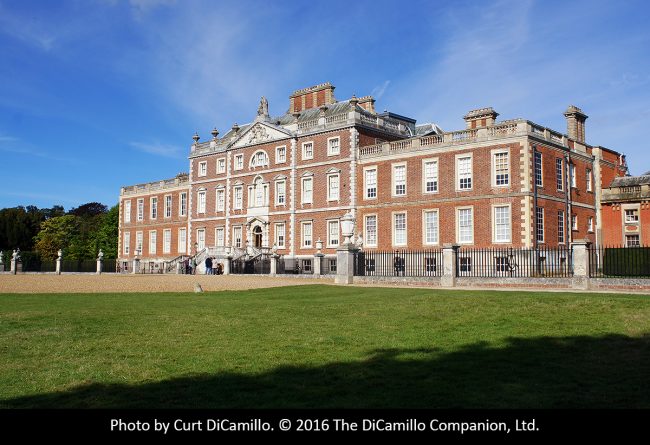
The entrance facade
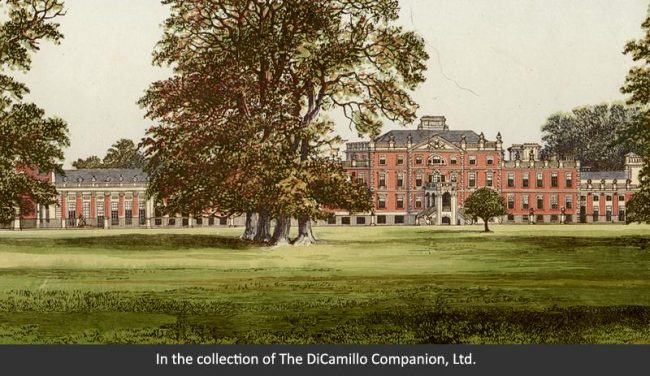
The entrance facade from "Morris's Views of Seats," circa 1875.
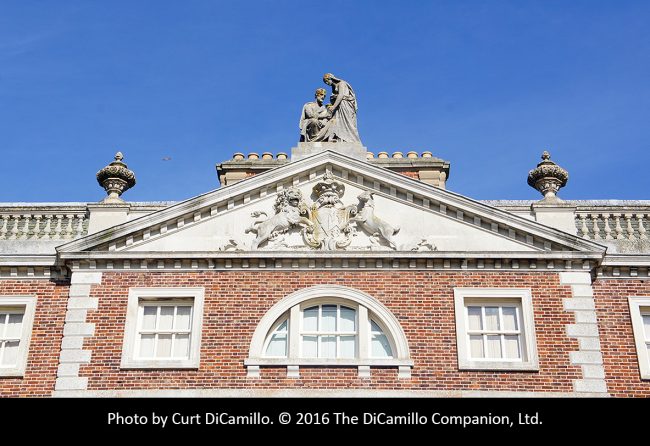
Pediment on the entrance facade
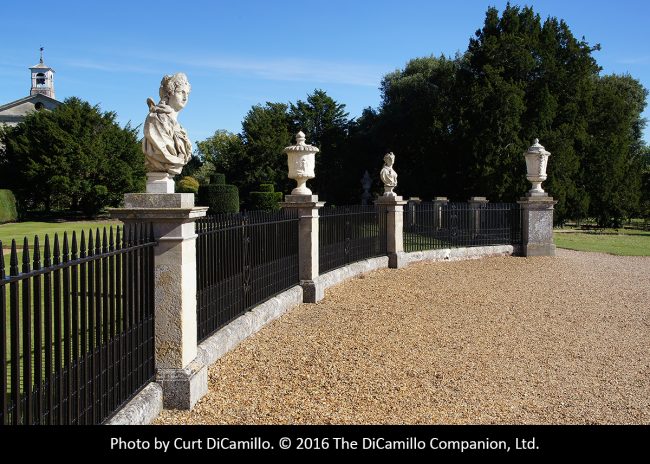
The entrance forecourt
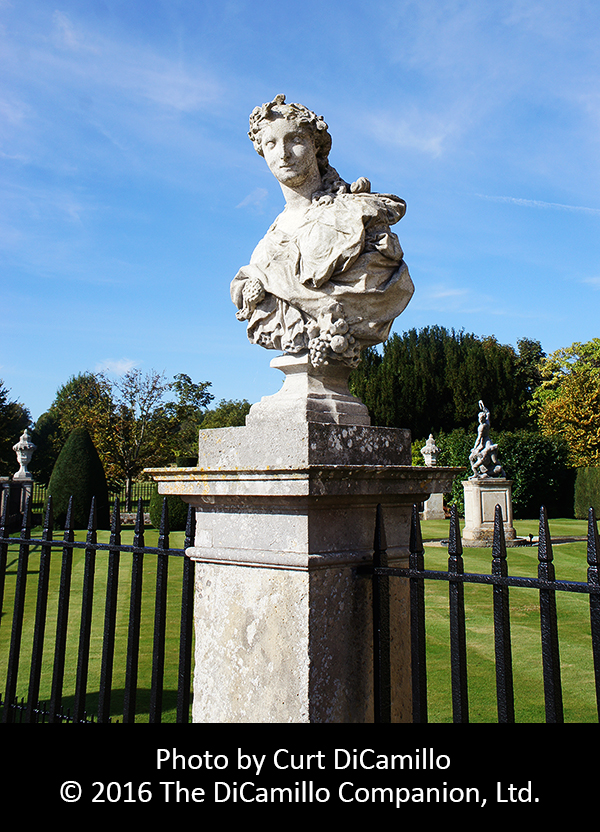
The entrance forecourt
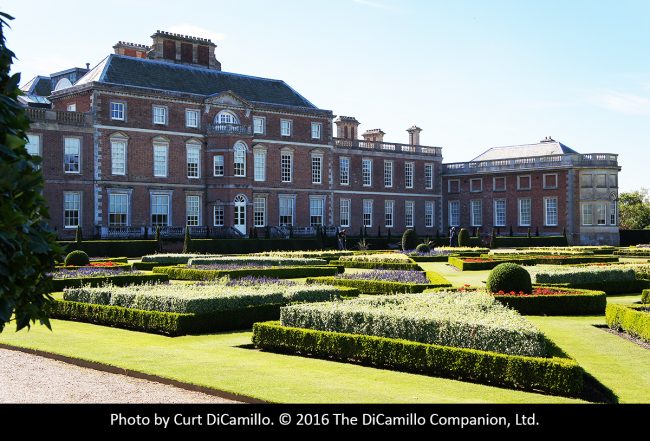
The rear facade
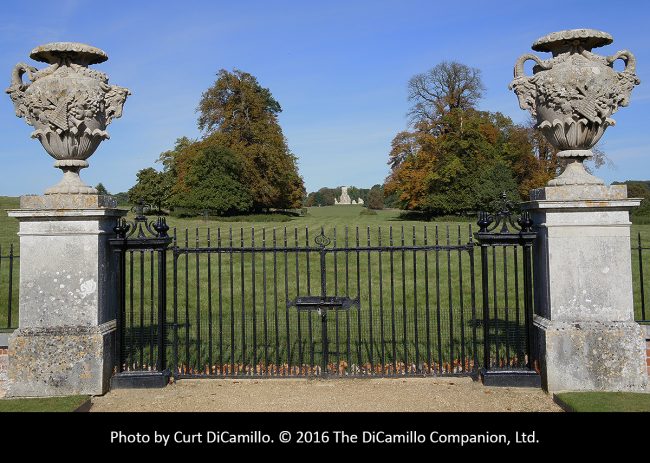
The rear gates, with the Gothic Temple in the distance.

The entrance hall
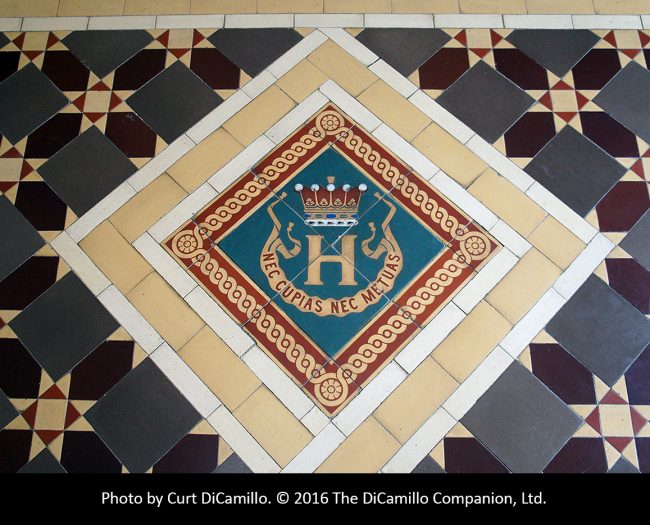
Detail of tile floor in the entrance hall
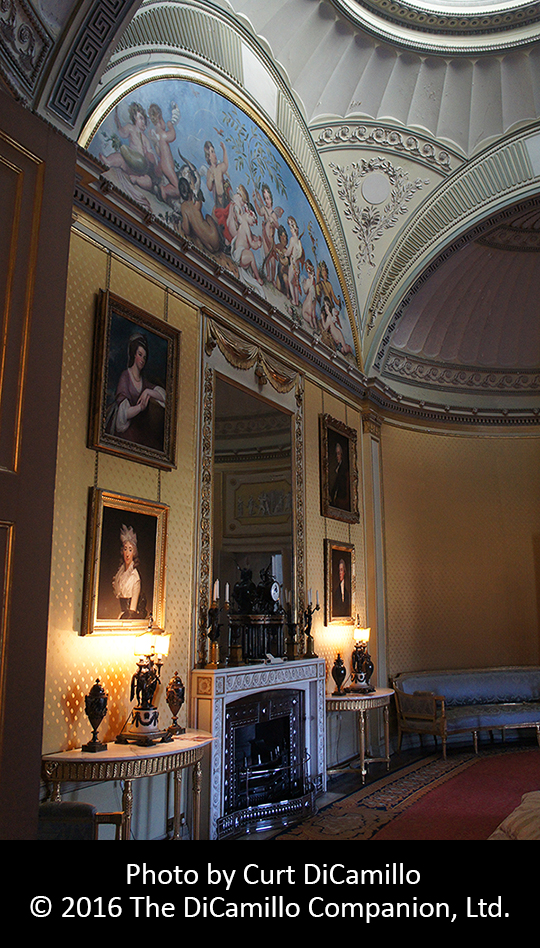
The yellow drawing room
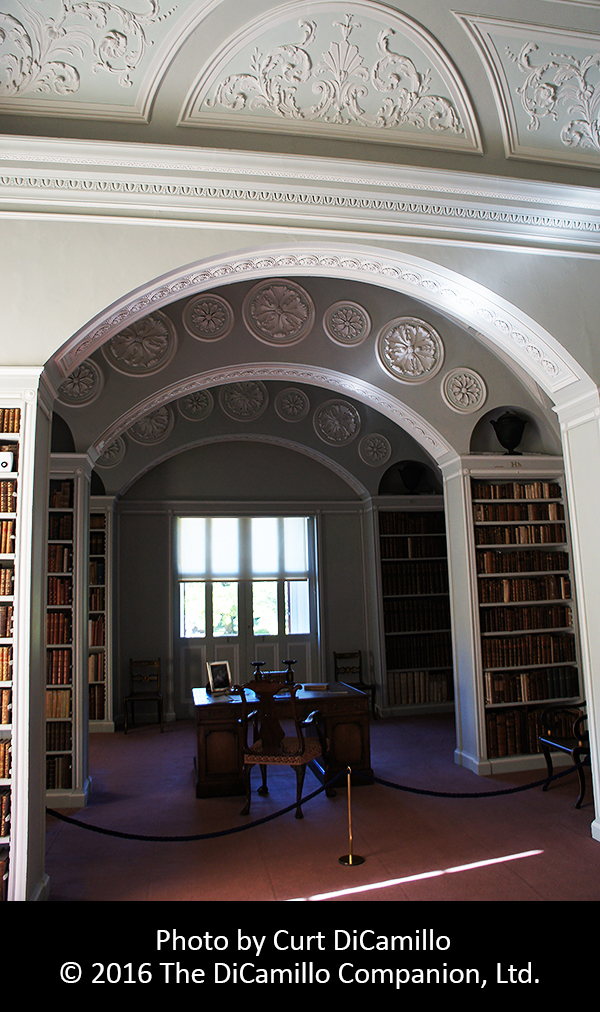
The book room
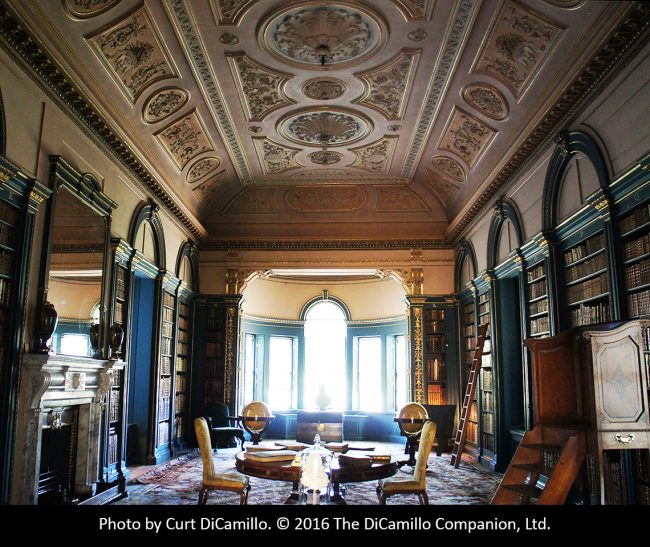
The library
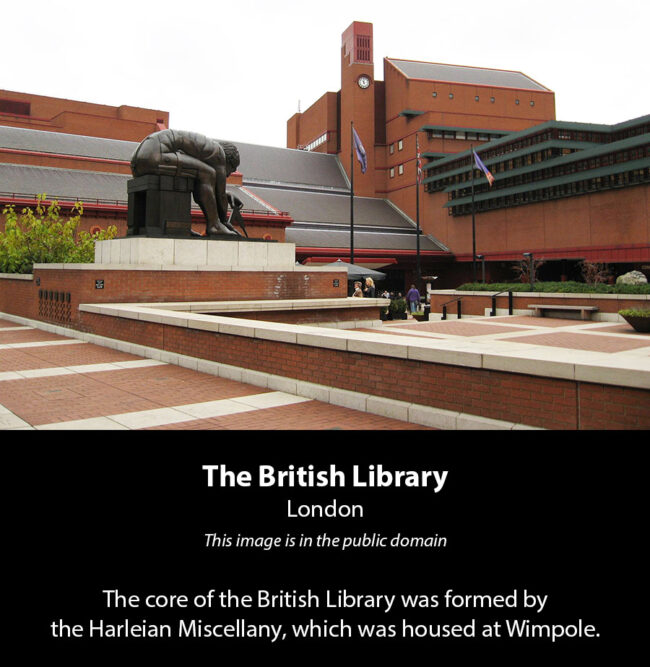
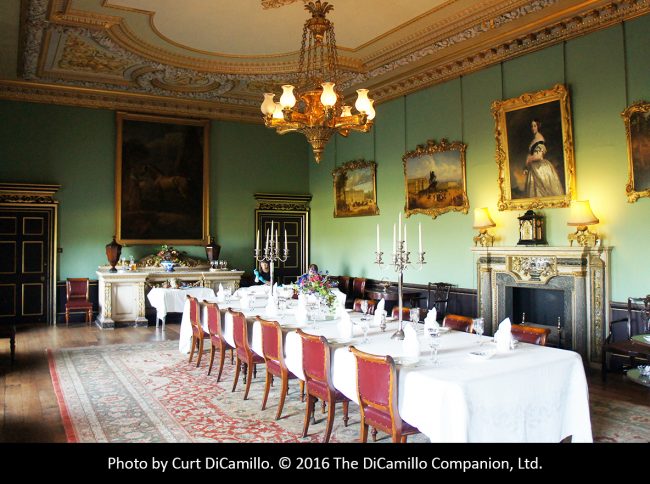
The dining room
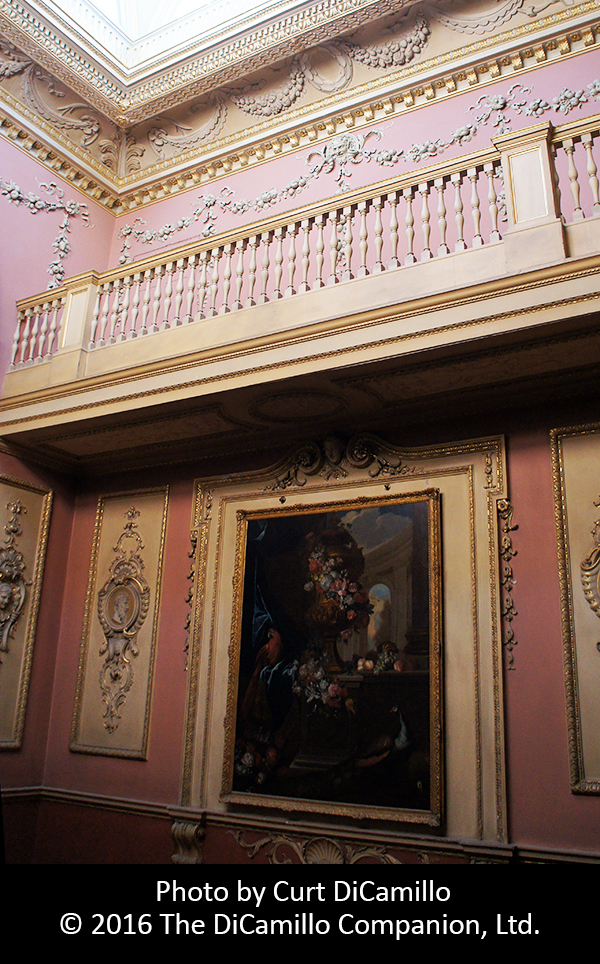
The staircase hall
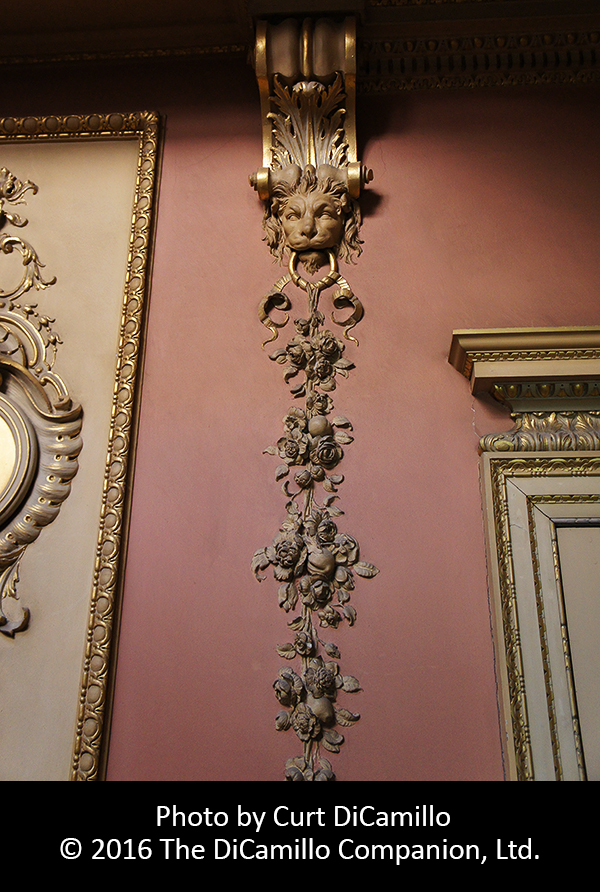
Plasterwork in the staircase hall
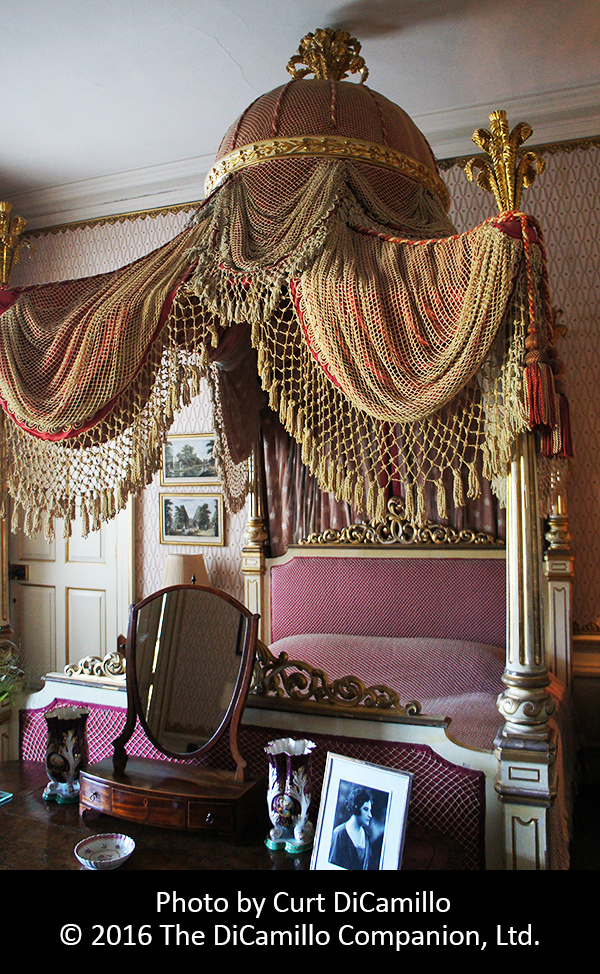
The Lord Chancellor's Bedroom
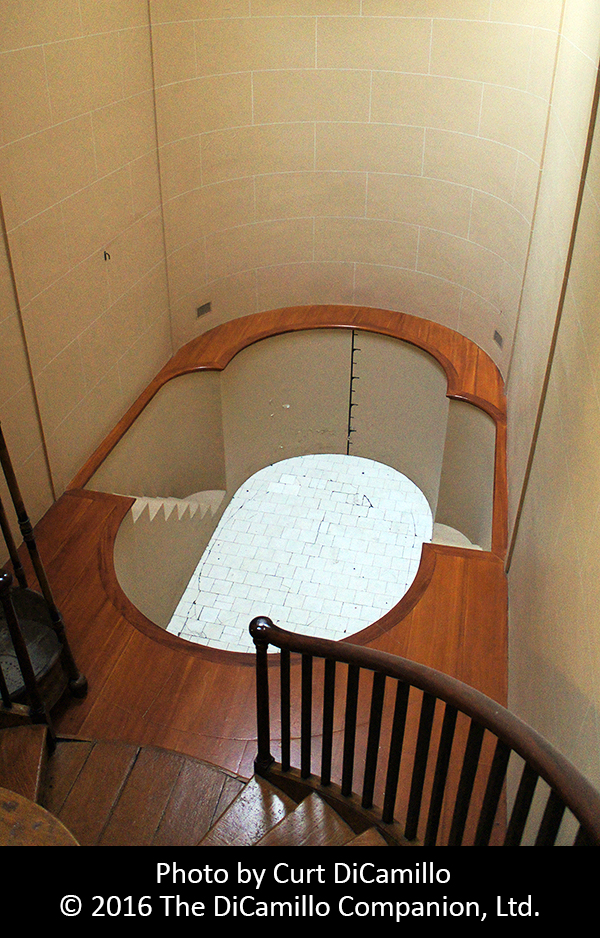
The plunge bath
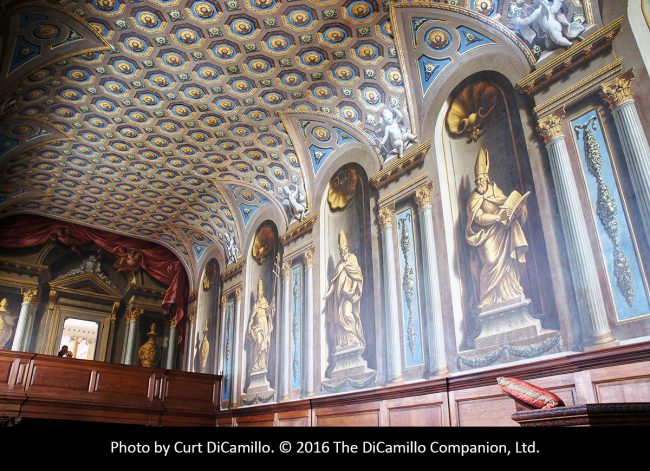
The chapel
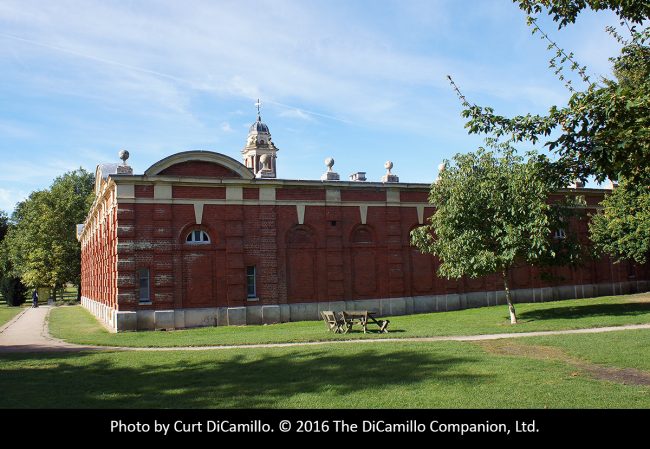
The stables
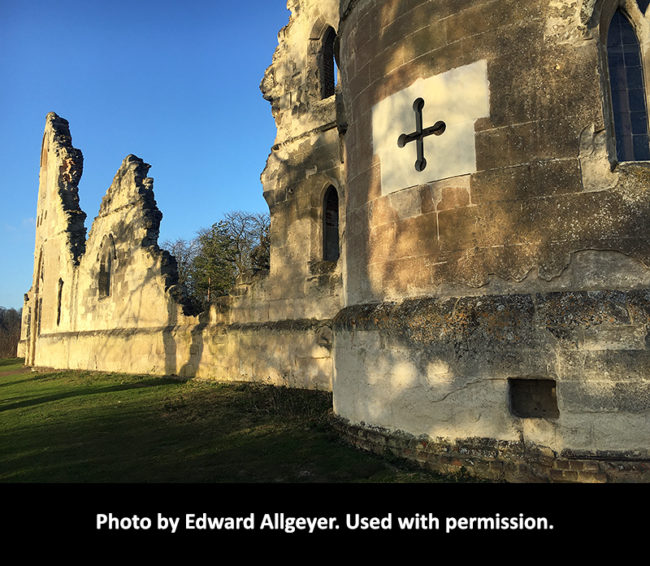
The Gothick Folly
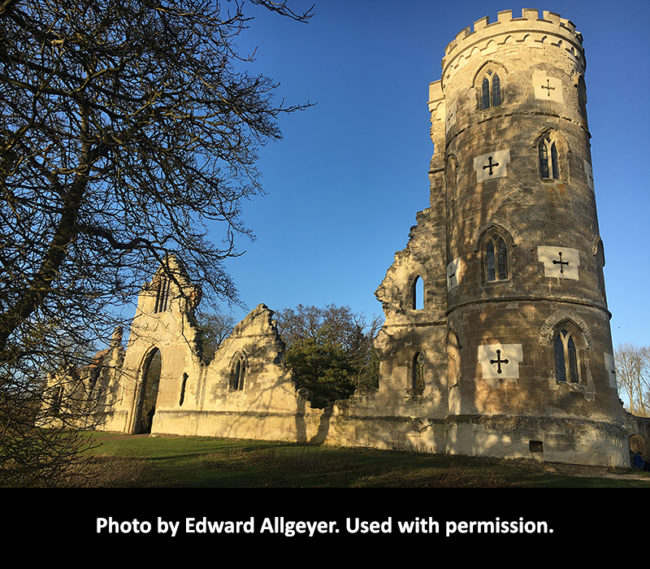
The Gothick Folly
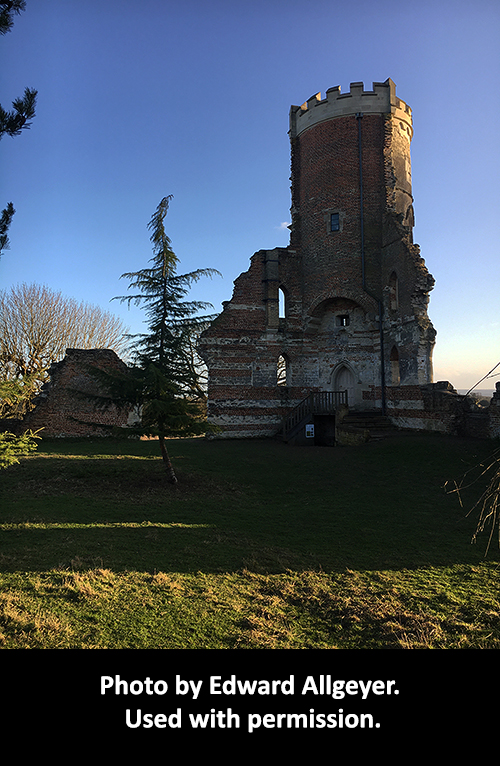
The Gothick Folly
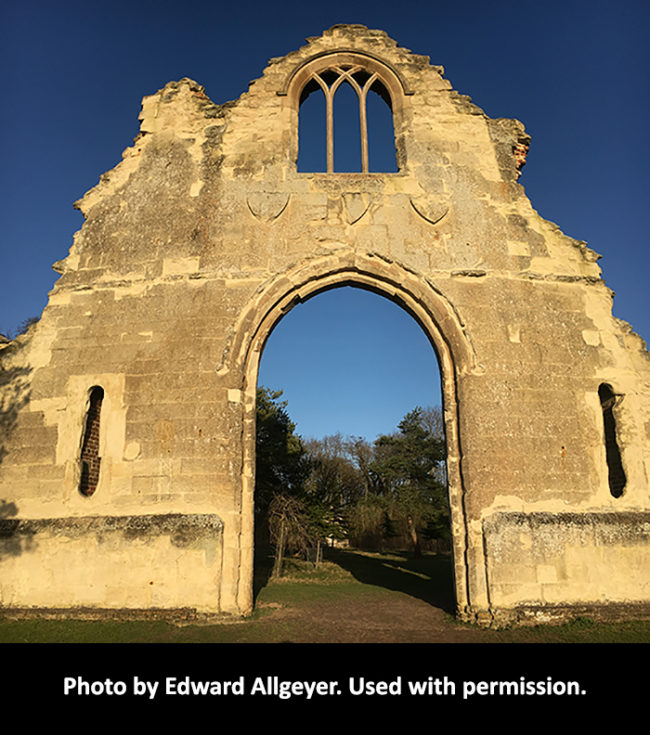
The Gothick Folly

Earlier Houses: There was an earlier Medieval house that was replaced by the current house.
Built / Designed For: Sir Thomas Chicheley
House & Family History: Wimpole was remodeled between 1689 and 1711 for Charles Robartes, 2nd Earl of Radnor; the work included the addition of a third story and two nine-bay wings extending to the east and west. James Gibbs designed the main staircase in the Chincheley Block and the library (the latter completed by 1719). Henry Flitcroft refaced the south entrance facade between 1742 and 1745 and added the five east bays of the north front between 1745 and 1747. The towered prolongations of circa 1840 (demolished 1952) were designed by H.E. Kendall for the 4th Earl of Hardwicke. In 1891, as chairman of Agar-Robartes Bank, Thomas Agar-Robartes took over the ownership of Wimpole Hall from Charles Yorke, 5th Earl of Hardwicke, in payment of debts. During World War II the house was requisitioned by the War Office. Wimpole was restored by its last private owner, Elsie Bambridge, Rudyard Kipling's daughter, who rented the house in 1932 and purchased it in 1942. Mrs. Bambrdige left Wimpole to the National Trust at her death in 1976 (she is buried at St. Andrew's Church on the Wimpole Estate). Wimpole Hall is the largest country house in Cambridgeshire. On October 27, 1843 Queen Victoria and Prince Albert visited Wimpole Hall.
Collections: In the early 18th century Robert Harley, 1st Earl of Oxford and Earl Mortimer (1661-1724), sponsor of the careers of Alexander Pope, John Gay, and Jonathan Swift, and member of the Scriblerus Club, formed one of the most magnificent collection of books and prints in the country at Brampton Bryan Hall in Herefordshire. Known as the Harleian Miscellany, the library ultimately led to his bankruptcy, but succeeded in preserving an unparalleled collection of Anglo-Saxon, Middle English, and Renaissance literature, as well as loose poems, ballads, and illuminated manuscripts from France, Italy, and Germany from the early Middle Ages to the Renaissance (the miscellany was collated and edited by Samuel Johnson between 1744 and 1753). After Harley's death his son, the 2nd Earl, moved his father's collection to Wimpole Hall and added to it. After the 2nd Earl's death in 1741, the enormous collection was sold from Wimpole Hall to Parliament in 1753 for £10,000 (approximately £20 million in 2020 values using the labour value commodity index) by the 2nd Earl’s widow and her daughter, the Duchess of Portland. The collection contained more than 7,000 volumes, more than 14,000 original legal documents, and 500 rolls. Together with the collections of Robert Bruce Cotton and Hans Sloane, the Harleian Collection (also known as the Harley Collection) formed the core of today's British Library. One of the most important pieces in the Harley Miscellany was the Harley Psalter (British Library—Harley MS 603), an illuminated manuscript of the second and third decades of the 11th century, with some later additions (see "Images" section). A Latin psalter on vellum, it was probably produced at Christ Church, Canterbury, very likely for Æthelnoth, Archbishop of Canterbury. The psalter is the earliest of three surviving Medieval copies of the Carolingian Utrecht Psalter of circa 820 and contains more than one hundred 11th century colored pen and wash drawings in the Utrecht Style. Janet Backhouse described the Harley Psalter as "one of the most important of all pre-Conquest English illuminated manuscripts." In April 2010 librarians at the National Trust discovered a rare first edition of Rudyard Kipling's "Jungle Book" at Wimpole, complete with a handwritten note from the author to his daughter, Josephine, who died in 1899, when she was six. It reads: "This book belongs to Josephine Kipling for whom it was written by her father, May 1894." Librarians discovered the book while working on a three-year project to catalog the 10,000-volume library at Wimpole formed by Elsie Bambridge, Rudyard Kipling's daughter. On November 8, 2020 thieves broke into Wimpole and stole 12 pieces from the collection, including busts, vases, and candelabra.
Comments: The Yellow Drawing Room is considered one of Soane's masterpieces.
Garden & Outbuildings: Bridgeman worked on the park between 1720 and 1724. Capability Brown extended the park in the 1760s; Humphry Repton extended the park again in 1801 and 1809. The Clairvoyée is also attributed to Repton. Sanderson Miller designed the sham ruined Gothick Castle folly (circa 1772; see photos in "Images" section). The stableblock dates from 1851.
Chapel & Church: The circa 1721 chapel, designed by Gibbs, was decorated by Sir James Thornhill in 1724. The parish Church of St. Andrew in the park was rebuilt by Flitcroft, 1748-49, and remodeled in the Gothic style in 1887.
Architect: John Soane
Date: Circa 1793Architect: James Gibbs
Date: 1719-21Architect: Henry Flitcroft
Date: 1742-45Architect: Humphry Repton
Date: 1801-09Country Life: XXIII, 234, 1908. LXI, 806, 844, 1927. LXX, 590 [Furniture], 1931. CXLII, 1400 plan, 1466, 1594, 1967.
Title: Destruction of the Country House, The
Author: Strong, Roy; Binney, Marcus; Harris, John
Year Published: 1974
Reference: pg. 14
Publisher: London: Thames & Hudson Ltd.
ISBN: 0500270052X
Book Type: Softback
Title: Biographical Dictionary of British Architects, 1600-1840, A - SOFTBACK
Author: Colvin, Howard
Year Published: 1995
Reference: pg. 368, 406
Publisher: New Haven: Yale University Press
ISBN: 0300072074
Book Type: Softback
Title: Burke's & Savills Guide to Country Houses, Volume III: East Anglia
Author: Kenworthy-Browne, John; Reid, Peter; Sayer, Michael; Watkin, David
Year Published: 1981
Publisher: London: Burke's Peerage
ISBN: 0850110351
Book Type: Hardback
House Listed: Grade I
Park Listed: Grade I
Past Seat / Home of: SEATED AT EARLIER HOUSE: Henry Chichele, Archbishop of Canterbury, 15th century. SEATED AT CURRENT HOUSE: Sir Thomas Chicheley, until 1686. Sir John Cutler, 1st Bt., 1686-89. Charles Robartes, 2nd Earl of Radnor, 1689-1710. John Holles, 1st Duke of Newcastle, 1710-11. Edward Harley, 2nd Earl of Oxford, 1711-40. Philip Yorke, 1st Earl of Hardwicke, 1741-64; Philip Yorke, 2nd Earl of Hardwicke, 1764-90; Philip Yorke, 3rd Earl of Hardwicke, 1790-1834; Charles Philip Yorke, 4th Earl of Hardwicke, 1834-73; Charles Philip Yorke, 5th Earl of Hardwicke, 1873-97; Yorke family here from 1741 until 1897. Thomas Agar-Robartes, 6th Viscount Clifden, 1893-1930; Francis Gerald Agar-Robartes, 7th Viscount Clifden, 1930. Captain George and Elsie Bambridge 1932-76.
Current Ownership Type: The National Trust
Primary Current Ownership Use: Visitor Attraction
House Open to Public: Yes
Phone: 01223-207-257
Fax: 01223-207-838
Email: [email protected]
Website: https://www.nationaltrust.org.uk
Historic Houses Member: No